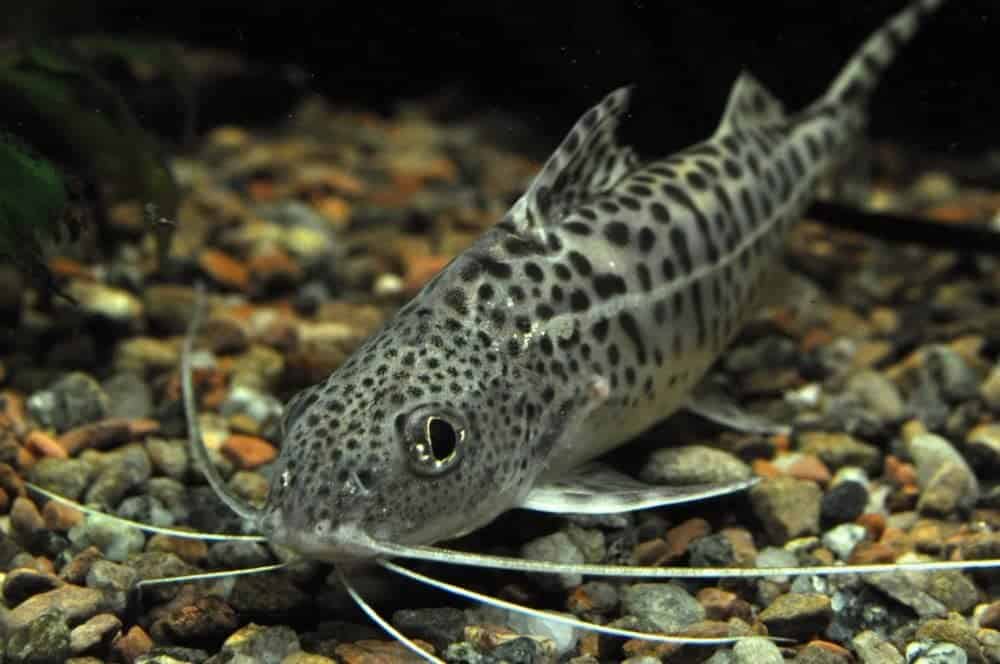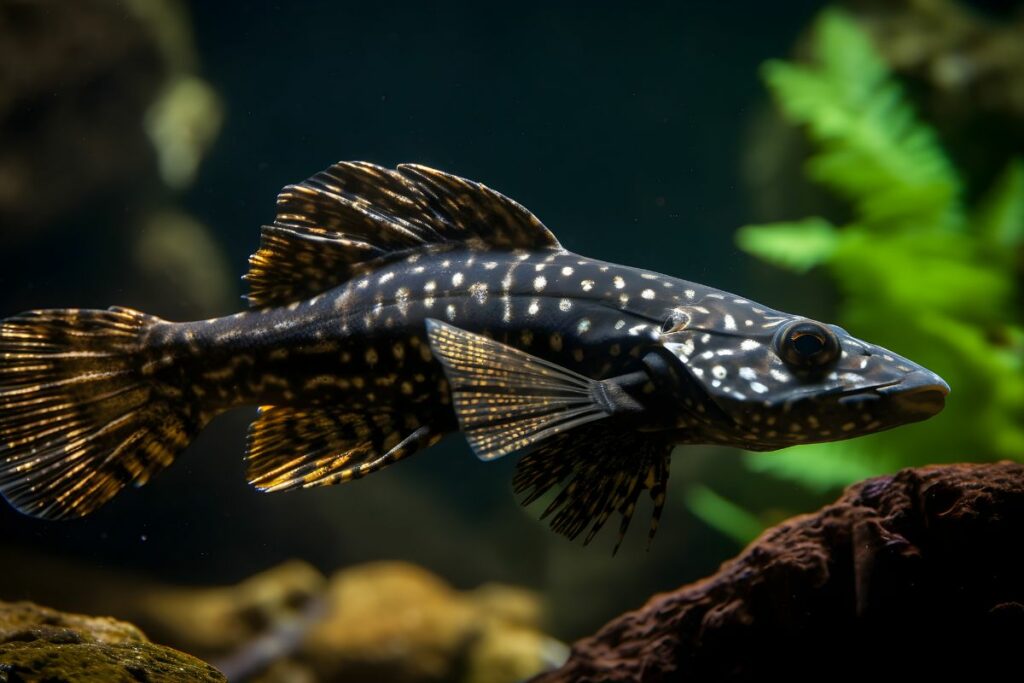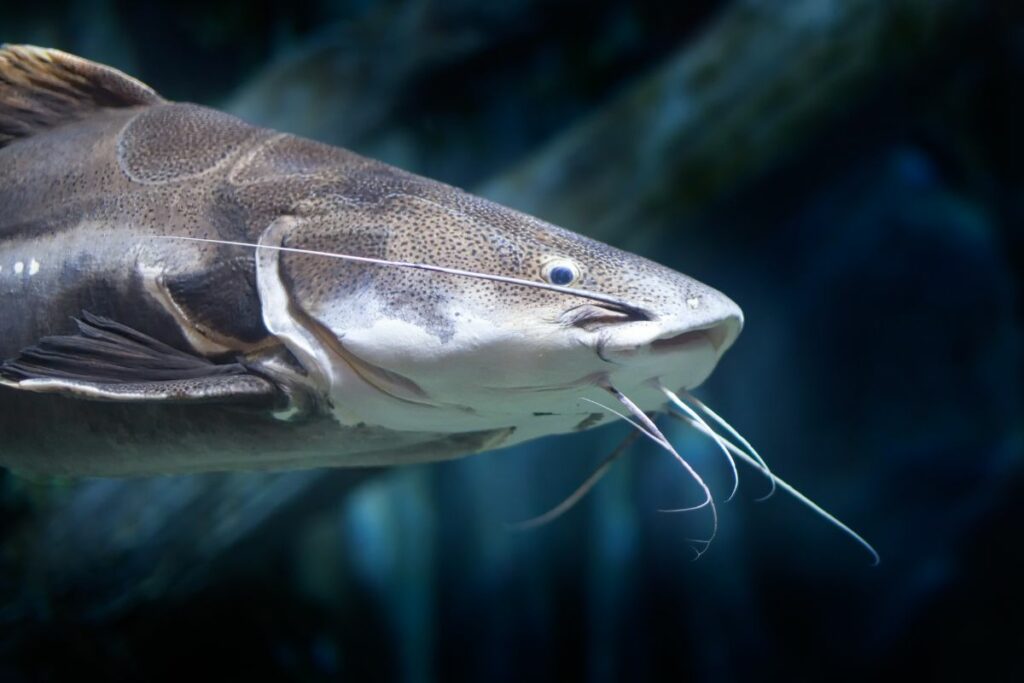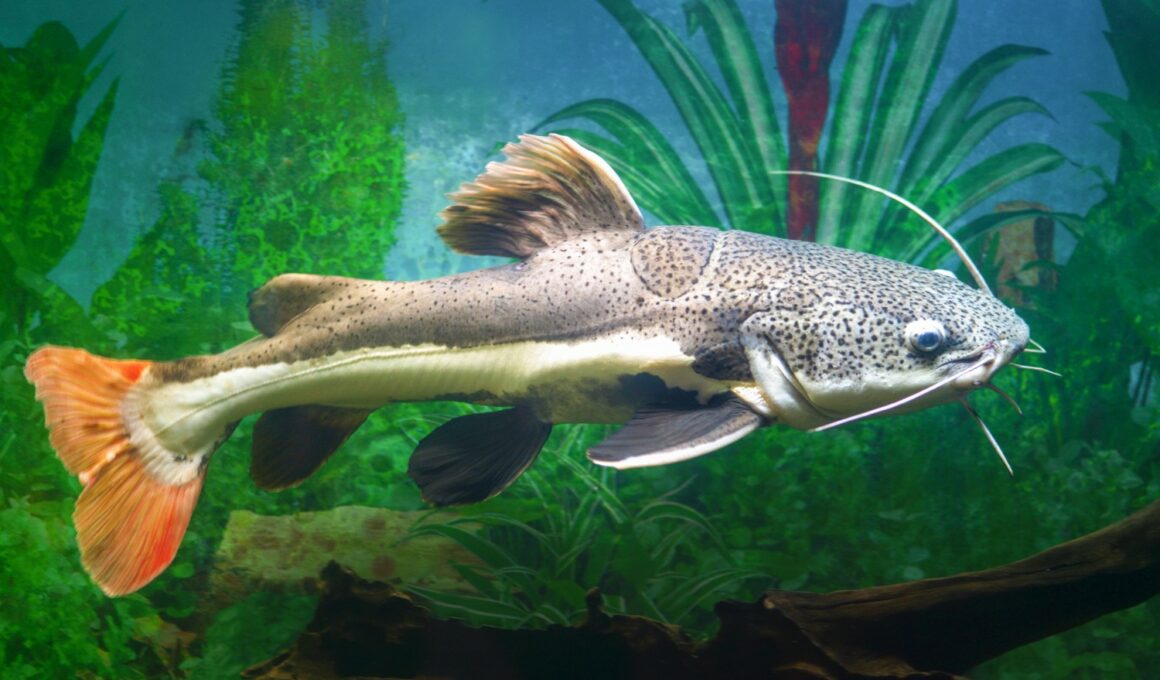In this article Show
Whether you’re a seasoned fish keeper or a newbie looking to dive into the hobby, you’ve probably heard of catfish as a popular choice for home aquariums.
These bottom-dwelling wonders are not only fascinating to watch but also serve a practical purpose—keeping your tank clean by scavenging for uneaten food and algae. But like any pet, catfish require specific care to thrive, and that’s what this comprehensive guide is all about.
In the following sections, we’ll cover everything you need to know to create a healthy environment for your friend. From choosing the right type of catfish and setting up the perfect tank to understanding their diet and lifespan, we’ve got you covered. So, without further ado, let’s get started!
Types of Catfish Suitable for Home Aquariums
Catfish are an incredibly diverse group of fish, with over 3,000 species swimming in fresh and saltwater environments worldwide. However, not all are ideal for a home aquarium setup.
So, before you rush off to buy your new underwater buddy, let’s break down some of the best options out there. First off, let’s clear up a common misconception: not all catfish are suitable for both freshwater and saltwater tanks.
Most catfish species you’ll find in pet stores are freshwater fish, and they’re generally easier to care for—making them a good fit for both beginners and seasoned fish keepers.
Saltwater catfish are less common in the hobby and often require specialized care. Here are some of the most popular catfish species for home aquariums:

1. Corydoras
- Characteristics: Small size, peaceful nature, and vibrant patterns.
- Tank Requirements: Ideal for small to medium-sized tanks, with a soft, sandy substrate.
- Care Level: Easy; great for beginners.
2. Plecos
- Characteristics: Known for their algae-eating habits and unique appearance.
- Tank Requirements: Require larger tanks (minimum 30 gallons) and plenty of hiding spots.
- Care Level: Moderate; some species can be challenging.
3. Channel Catfish
- Characteristics: Larger species, often found in outdoor ponds or large aquarium setups.
- Tank Requirements: Need a lot of swimming space, so a minimum of 75-gallon tanks is recommended.
- Care Level: Moderate to advanced; not ideal for beginners.
There you have it—some of the best catfish types for home aquariums. Each species has its own unique set of requirements and quirks, so it’s important to do your homework before making a decision.
Tank Setup For Catfish
Great, you’ve picked out your catfish species! Now it’s time to set up the perfect home for them. Your tank setup plays a crucial role in the overall health and happiness of your catfish, so let’s get this right.
1. Ideal Tank Size
Size matters when it comes to aquariums, and this is particularly true for catfish. Here are some general guidelines:
- Corydoras: A 20-gallon tank is a good starting point for a small group.
- Plecos: Start with at least a 30-gallon tank, although some species will need even more room.
- Channel Catfish: Aim for a minimum of 75 gallons, especially as they grow.
2. Water Conditions
Maintaining the right water parameters is vital for your catfish’s well-being:
- pH Level: Aim for a pH between 6.5 and 7.5, depending on the species.
- Temperature: Keep the water between 72-82°F (22-28°C).
3. Substrate Choices
The bottom of your tank is a catfish’s playground. Consider the following substrates for their comfort:
- Sand: Ideal for Corydoras and other bottom-dwellers.
- Gravel: Suitable for some Plecos, but not too coarse.
- Large Pebbles: Best for larger species like Channel Catfish.
4. Plants and Decorations
Your catfish will appreciate some scenery and hideouts. Here are some suggestions:
- Live Plants: Java fern and Anubias are great choices.
- Caves and Driftwood: For hiding and territorial purposes.
5. Filtration and Aeration
Your catfish are hardy but still need good water quality:
- Filter: Choose a filter with a GPH (gallons per hour) rating that is at least 4-6 times the volume of your tank.
- Aeration: An air pump with a sponge filter can provide additional oxygenation.

Diet and Nutrition
Your catfish is now swimming happily in its well-set-up tank, so what’s next? Feeding time! But wait—before you start tossing in whatever fish food you have on hand, let’s talk about what your catfish really need in their diet.
1. Types of Food
Contrary to popular belief, catfish aren’t just bottom feeders that survive solely on leftovers. Here are some appropriate food types:
- Pellets: Sinking pellets are a staple for many catfish, providing essential nutrients.
- Live Foods: Bloodworms, brine shrimp, and daphnia offer a nutritious treat.
- Vegetables: Sliced zucchini, cucumber, and peas are great for herbivorous species like some Plecos.
2. Feeding Schedule
Frequency and amount of feeding depend on your catfish’s age, species, and activity level:
- Juveniles: Feed once or twice a day.
- Adults: 3 to 4 times a week is generally sufficient.
3. Dietary Supplements
While a well-balanced diet will usually provide all the nutrients your fish need, some catfish may benefit from occasional supplements:
- Vitamins: Drops can be added to the water or soaked into food.
- Calcium: Especially important for species with bony plates like Plecos.
4. Foods to Avoid
Not everything is fair game for your catfish:
- Bread: Avoid it entirely; it’s not nutritious and can cause digestive issues.
- Meat: Some meats can be too fatty and should be given sparingly, if at all.
Lifespan and Health
Knowing the lifespan of your catfish and how to maintain their health is key to enjoying years of aquatic companionship. So let’s dive into what you can expect and how to spot potential issues.
1. Average Lifespan of Catfish
The lifespan of your catfish will vary based on species and care. Here’s a general idea:
- Corydoras: Up to 5 years, sometimes longer with optimal care.
- Plecos: 10-15 years, depending on species and environment.
- Channel Catfish: Often live over 15 years in spacious, well-maintained settings.
2. Common Health Issues
No pet is entirely immune to health problems, and catfish are no exception. Keep an eye out for:
- Ichthyophthirius (Ich): White spots on skin and gills.
- Fungus: Cotton-like growths.
- Bacterial Infections: Often manifest as sores or discolored patches.
3. Signs of a Healthy Catfish
A healthy catfish will exhibit:
- Clear eyes and skin.
- Active behavior, including scavenging and swimming.
- Consistent feeding habits.
4. Veterinary Care
Though catfish are relatively hardy, severe health issues will require professional medical attention:
- Quarantine: Separate the sick fish before administering any treatments.
- Consult a Vet: Especially for unidentified or severe issues.
Social Behavior and Tank Mates
If you’re planning to add more than one fish to your aquarium, it’s essential to understand the social behavior of your catfish and the types of tank mates that are compatible with them. Let’s delve into this fascinating aspect of fishkeeping.
1. Social Behavior
- Corydoras: Highly social and best kept in groups of at least 5-6.
- Plecos: Generally solitary but can coexist with other non-aggressive species.
- Channel Catfish: Often territorial; best suited for spacious tanks with hiding spots.

2. Ideal Tank Mates
Choosing the right tank mates can lead to a peaceful and balanced aquarium environment:
- For Corydoras: Small schooling fish like tetras and livebearers are excellent choices.
- For Plecos: Compatible with most community fish, including angelfish and gouramis.
- For Channel Catfish: Larger, non-aggressive fish are generally suitable.
3. Tank Mates to Avoid
Not all fish make good roommates for catfish:
- Aggressive Fish: Such as cichlids, may bully or attack your catfish.
- Small Invertebrates: Such as shrimp, may become an unintended snack.
4. Establishing a Social Hierarchy
Understanding the social dynamics of your tank can help prevent conflicts:
- Feeding Zones: Assign specific areas for feeding to minimize competition.
- Hiding Spots: Ensuring ample hideouts can help diffuse territorial disputes.
Breeding For Catfish
Breeding catfish can be an extremely rewarding experience, but it’s not as simple as just putting two fish in a tank and hoping for the best. Different species have specific breeding requirements, and understanding these can make all the difference.
1. Preparing for Breeding
Before you even think about breeding, take the following into consideration:
- Water Parameters: Ensure the water conditions are optimal for the species you’re breeding.
- Breeding Tank: A separate breeding tank is often necessary to control conditions and safeguard fry (baby fish).
- Nutrition: A diet rich in high-quality foods will make both parents and offspring healthier.
2. Identifying Mating Pairs
Figuring out who’s who in your tank can be tricky but is essential:
- Dimorphism: Some catfish species have clear visual differences between males and females.
- Behavior: Look for signs of courtship, like swimming together or specific displays.
3. Breeding Techniques
Breeding methods vary significantly depending on the species:
- Egg Layers: Corydoras and many Plecos lay eggs that should be carefully monitored.
- Livebearers: Less common in catfish, but some species give birth to live young.
4. Caring for Fry
Once the eggs have hatched or the young are born:
- Feeding: Tiny, specialized foods like infusoria or fry food are necessary.
- Protection: Keep fry separate from adults to prevent accidental predation.
5. When to Introduce Fry to the Main Tank
- Size: Wait until they are large enough not to be eaten by adult fish.
- Health: Ensure they are healthy and free from disease.
- Breeding catfish is an advanced aspect of fishkeeping that can be both challenging and fulfilling.
Conclusion
You’ve now got the essentials down—from tank setup and diet to social behavior and even breeding.
Catfish are fascinating creatures that can thrive with the right care. Remember, the key to successful fishkeeping is continuous learning and observation. Thank you for following this guide, and happy fishkeeping!






